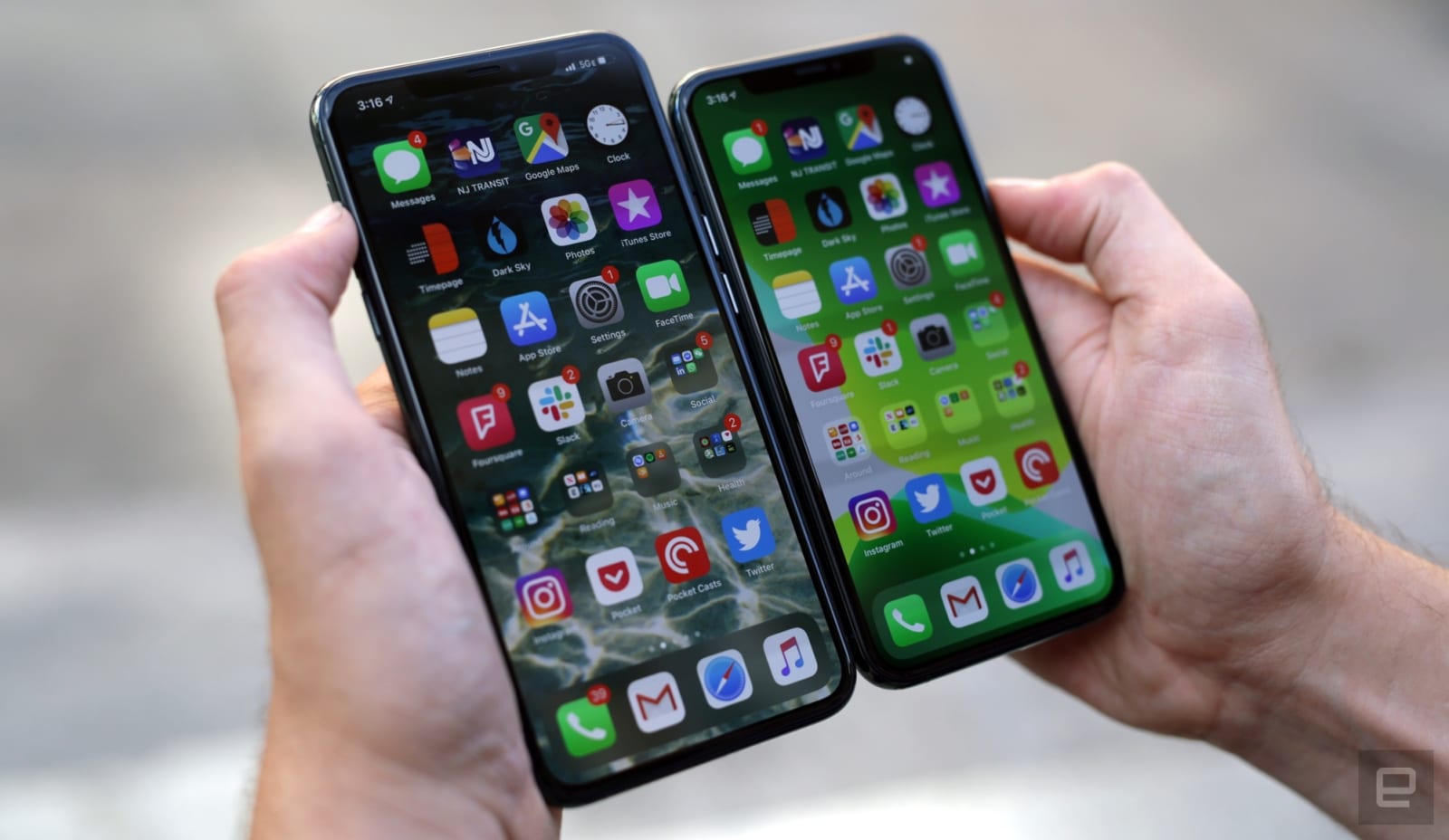
Antennas have often capped the potential speed of a wireless link -- the 450Mbps in modern 802.11n WiFi routers is directly linked to the use of a MIMO antenna array to catch signals more effectively, for example. That ceiling is about to get much higher, if A*STAR has anything to say about it. The use of a polymer filling for the gaps instead of air lets the Singapore agency create a 3D, cavity-backed silicon antenna that measures just 0.06 by 0.04 inches, roughly the size of a seed on your hamburger bun, even as it increases the breakneck pace. The new antenna generates a signal 30 times stronger than on-chip rivals at an ultrawideband-grade 135GHz, and musters a theoretical peak speed of 20Gbps -- enough that 802.11ac WiFi's 1.3Gbps drags its heels by comparison. Before we get ahead of ourselves on expecting instant file transfers at short distances, there's the small matter of getting a chip that can use all that bandwidth. Even the 7Gbps of WiGig wouldn't saturate the antenna, after all. Still, knowing that A*STAR sees "immense commercial potential" in its tiny device hints that wireless data might eventually blow past faster wired standards like Thunderbolt.
Filed under: Wireless, Networking, Alt
Seed-sized A*STAR antenna could open the door to 20Gbps wireless originally appeared on Engadget on Wed, 29 Aug 2012 00:32:00 EDT. Please see our terms for use of feeds.
Permalink  Phys.org
Phys.org |
 A*STAR (PDF)
A*STAR (PDF) |
Email this |
Comments
 Apple has started testing the location toggle button it promised to iPhone 11 users. Late last year, security researcher Brian Krebs discovered that the iPhone 11 Pro constantly checks for your location even if you disable Location Services. Apple ex...
Apple has started testing the location toggle button it promised to iPhone 11 users. Late last year, security researcher Brian Krebs discovered that the iPhone 11 Pro constantly checks for your location even if you disable Location Services. Apple ex...
 Apple has started testing the location toggle button it promised to iPhone 11 users. Late last year, security researcher Brian Krebs discovered that the iPhone 11 Pro constantly checks for your location even if you disable Location Services. Apple ex...
Apple has started testing the location toggle button it promised to iPhone 11 users. Late last year, security researcher Brian Krebs discovered that the iPhone 11 Pro constantly checks for your location even if you disable Location Services. Apple ex...






